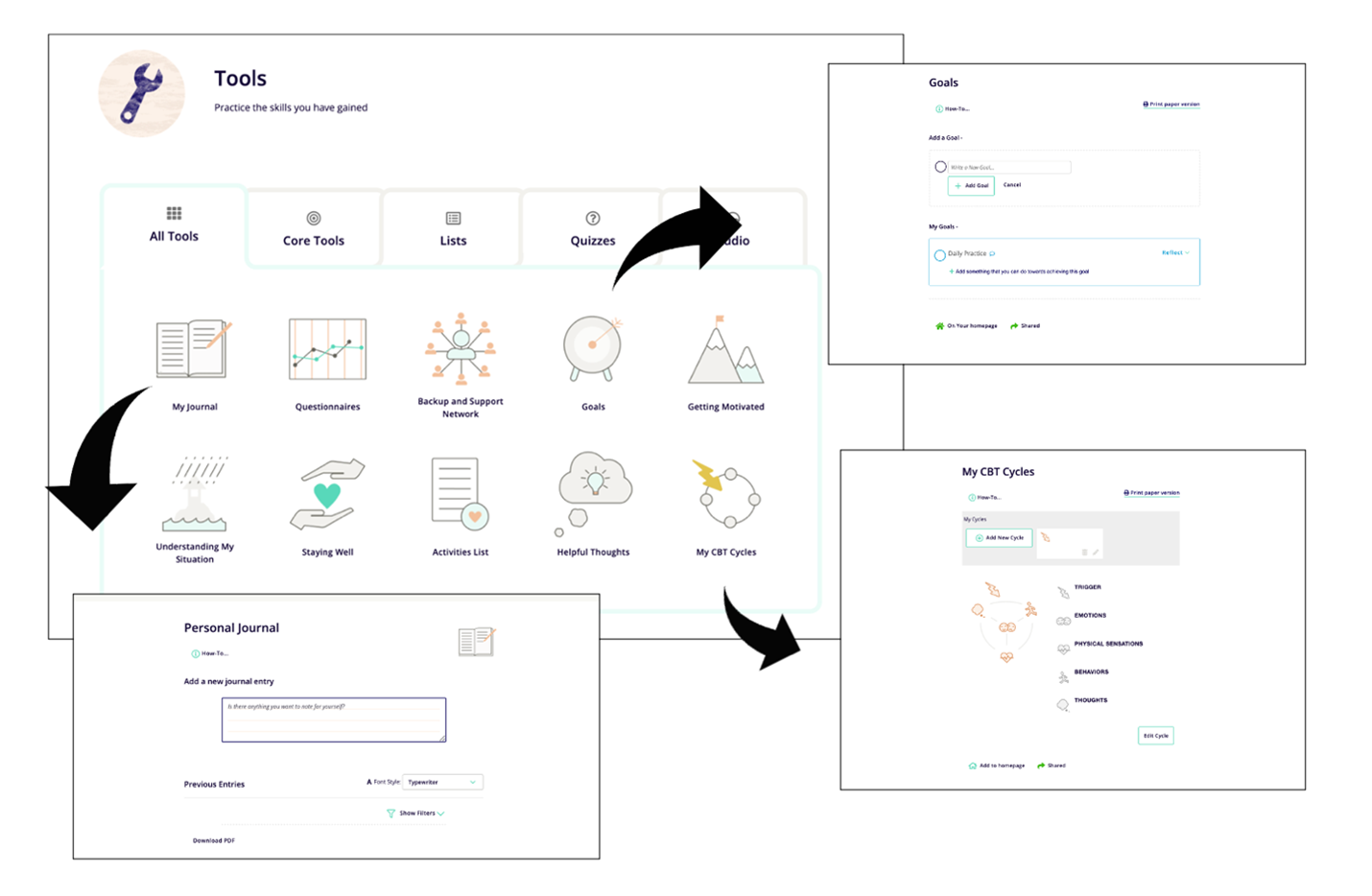
Think back to when you were a child. Writing was a crucial part of your daily routine. Whether it was schoolwork, creative projects at home, or mindless journaling; it seemed inevitable to find yourself staring at a blank piece of paper at some point during the day. This was a daunting task for some. However, from time to time you found yourself writing about something you truly cared about.
Try and remember what it was like being completely lost in thought, scribbling away on the page. There was a sense of freedom to it. When we are young this desire to write and express ourselves comes naturally. It’s only when we get older, and the stress of adulthood begins to bare down on us that we forget about our passion for the pen. Ironically, it is in this very circumstance that we need writing the most. Life can be stressful. It’s easy to worry about what lies ahead. However, research is there to remind us of what we’ve known since childhood; writing is therapeutic. Using writing as a therapeutic exercise can be an outlet for creative expression and help us cope with the negative emotions and stressors we face on a daily basis.1
Therapeutic writing is a form of expressive therapy that uses the act of writing and the processing of the written word as therapy. For decades we’ve known that writing about your thoughts, feelings, and experiences can bring profound benefits to your physical and mental health2. Over 200 studies have demonstrated that expressive writing can improve mental health3. Short and simple writing exercises like setting goals, listing things you love, or journaling about your day can reduce feelings of stress and anxiety4. In the context of our busy lives, I can understand how these exercises might seem like a waste of time. Sometimes experiencing the positive effects of writing for yourself is the best way to understand its true potential.
Over the next week, why not challenge yourself to write for a few minutes every day? Even short sessions of therapeutic writing on a daily basis have been shown to have profound physical and mental health benefits5. Whether that means opening the notes app on your phone while you wait in line, or scribbling on a post-it note in between meetings, force yourself to write something. The simple exercise of choosing what to write about is on its own a therapeutic process of self-expression. What will happen when you give yourself free rein to write without any explicit end goal in mind? You might be surprised to see what unfolds day after day.
SilverCloud recognises and utilises the power of therapeutic writing within our digital programs. Therapeutic programs that are designed to help people struggling with common mental health issues such as depression and anxiety include assisted writing tools, which are available at your disposal within SilverCloud. Interactive digital tools like Goal setting, CBT Cycles, and Staying Well guide you through therapeutic writing exercises at the touch of a button.

It can seem difficult to find the time for therapeutic writing. However, SilverCloud’s digital programs provide convenient, on-hand therapeutic writing exercises that make it easy to fit writing back into your daily routine. If you are interested in trying out any of these tools within our programs, find out more about how you can sign up to SilverCloud.
Whether it is through our digital programs, or on a piece of scratch paper at home, I encourage you to give therapeutic writing a try. Allow yourself to rediscover the powerful benefits therapeutic writing has on your mental health.
References
1. Marlo, H. & Wagner, M.K. (1999). Expression of negative and positive events through writing: Implications for psychotherapy and health. Psychology and Health, 14(2) 193- 215.
2. Pennebaker, J. W. (1997). Writing About Emotional Experiences as a Therapeutic Process. Psychological Science, 8(3), 162–166. https://doi.org/10.1111/j.1467-9280.1997.tb00403.x
3. Pennebaker, James W., and Joshua M. Smyth. Opening up by Writing It down How Expressive Writing Improves Health and Eases Emotional Pain. The Guilford Press, 2016. https://www.guilford.com/books/Opening-Up-by-Writing-It-Down/Pennebaker-Smyth/9781462524921/contents
4. van Emmerik A, A, P, Reijntjes A, Kamphuis J, H: Writing Therapy for Posttraumatic Stress: A Meta-Analysis. Psychother Psychosom 2013;82:82-88. doi: 10.1159/000343131 https://www.karger.com/Article/Abstract/343131
5. Baikie, K., & Wilhelm, K. (2005). Emotional and physical health benefits of expressive writing. Advances in Psychiatric Treatment, 11(5), 338-346. doi:10.1192/apt.11.5.338 https://www.cambridge.org/core/journals/advances-in-psychiatric-treatment/article/emotional-and-physical-health-benefits-of-expressive-writing/ED2976A61F5DE56B46F07A1CE9EA9F9F







